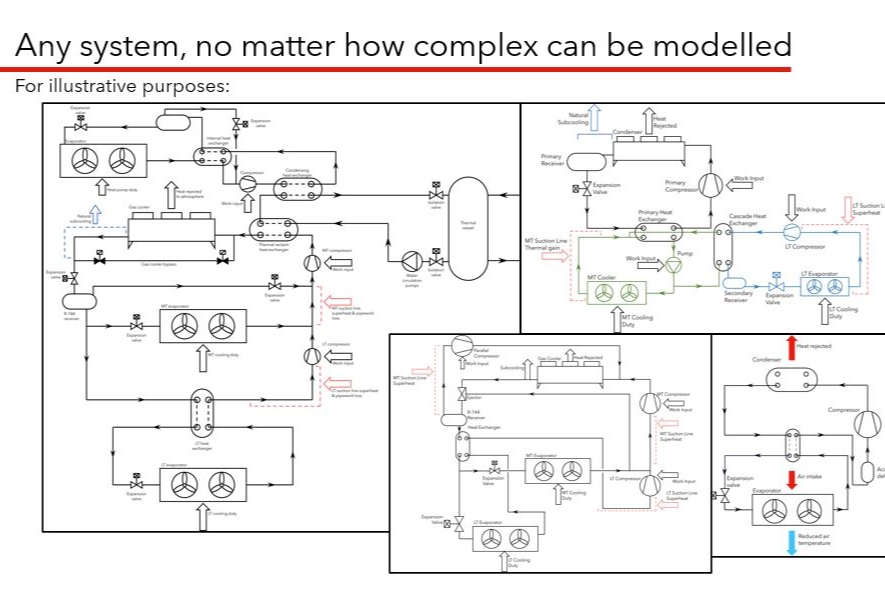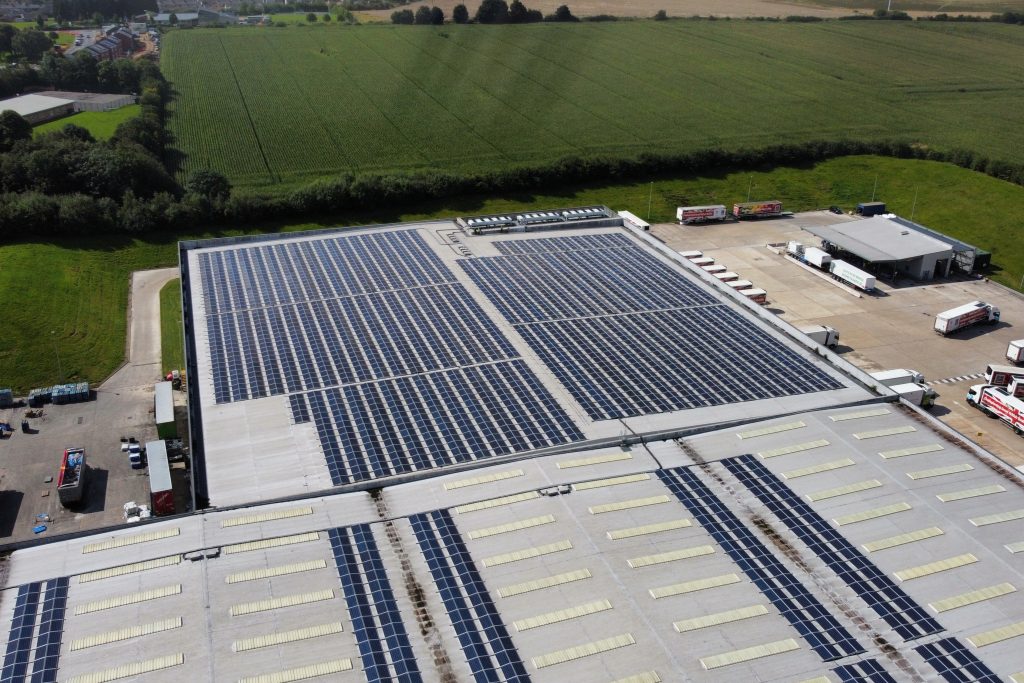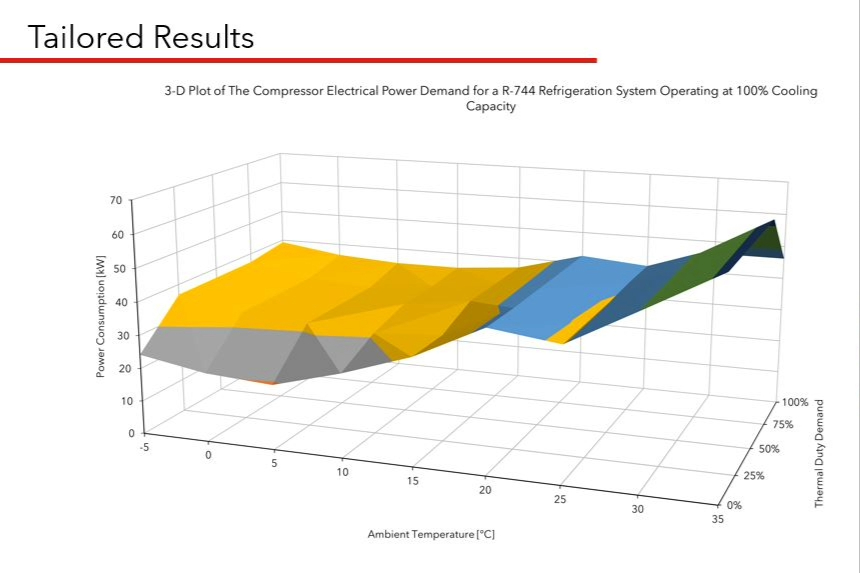Building Energy Simulation
WAVE are at the forefront of building services energy modelling. We have developed our own energy simulation calculations in-house that consider a multitude of factors from complex and customisable system configurations to location-based climatic conditions.
Building energy modelling offers several advantages in the design, analysis, and optimisation of buildings’ energy performance. Some are detailed below:
- Energy Efficiency Optimisation: Building energy modelling allows designers and engineers to simulate various design options, technologies, and strategies to find the most energy-efficient and resilient solutions. Our energy simulations consider changing climatic conditions, enabling us to incorporate adaptive strategies that enhance a system’s efficiency and ability to withstand extreme weather events. This helps in making informed decisions that minimize energy consumption while maintaining or improving occupant comfort.
- Cost Saving: By identifying energy-efficient design options early in the design process, or even before it, our clients can reduce operational costs over the building’s lifetime. Modelling helps predict energy consumption and associated costs, aiding in budgeting and cost-effective decision-making. Looking at a Total Cost of Ownership (TCO) approach helps in making financially sound decisions that balance upfront investment with ongoing savings.
- Environmental Impact: Energy modelling enables the assessment of a building’s environmental impact, including its carbon footprint. Therefore, our designers can explore renewable energy options, passive design strategies, and other sustainable measures to reduce the client’s overall emissions.
- Performance Prediction: Building energy models provide insights into how a building will perform under various weather conditions and occupancy patterns. This predictive capability is crucial for ensuring that our clients’ buildings continue to meet energy performance goals once constructed.
- Regulatory Compliance: Some areas have energy codes and regulations that buildings must adhere to, similarly, certain BREEAM requirements can only be met if energy efficiency can be proven/demonstrated. Energy modelling can help ensure compliance with these regulations by demonstrating that a building meets required energy performance standards.
- Renewable Energy Integration: Building energy simulation can assess the feasibility and impact of integrating renewable energy sources such as solar panels, wind turbines, and geothermal systems. This assists in optimising the size and placement of these systems.
- Education and Communication: Energy modelling can visually communicate the benefits of energy-efficient design to clients, business directors, stakeholders, and the public. Visualisations and simulations make it easier to understand the potential energy savings and environmental benefits.
In summary, building energy modelling is a powerful tool that aids in designing energy-efficient, cost-effective, and environmentally responsible buildings. It supports decision-making at various stages of design and operation, ultimately leading to better-performing and more sustainable built environments.





